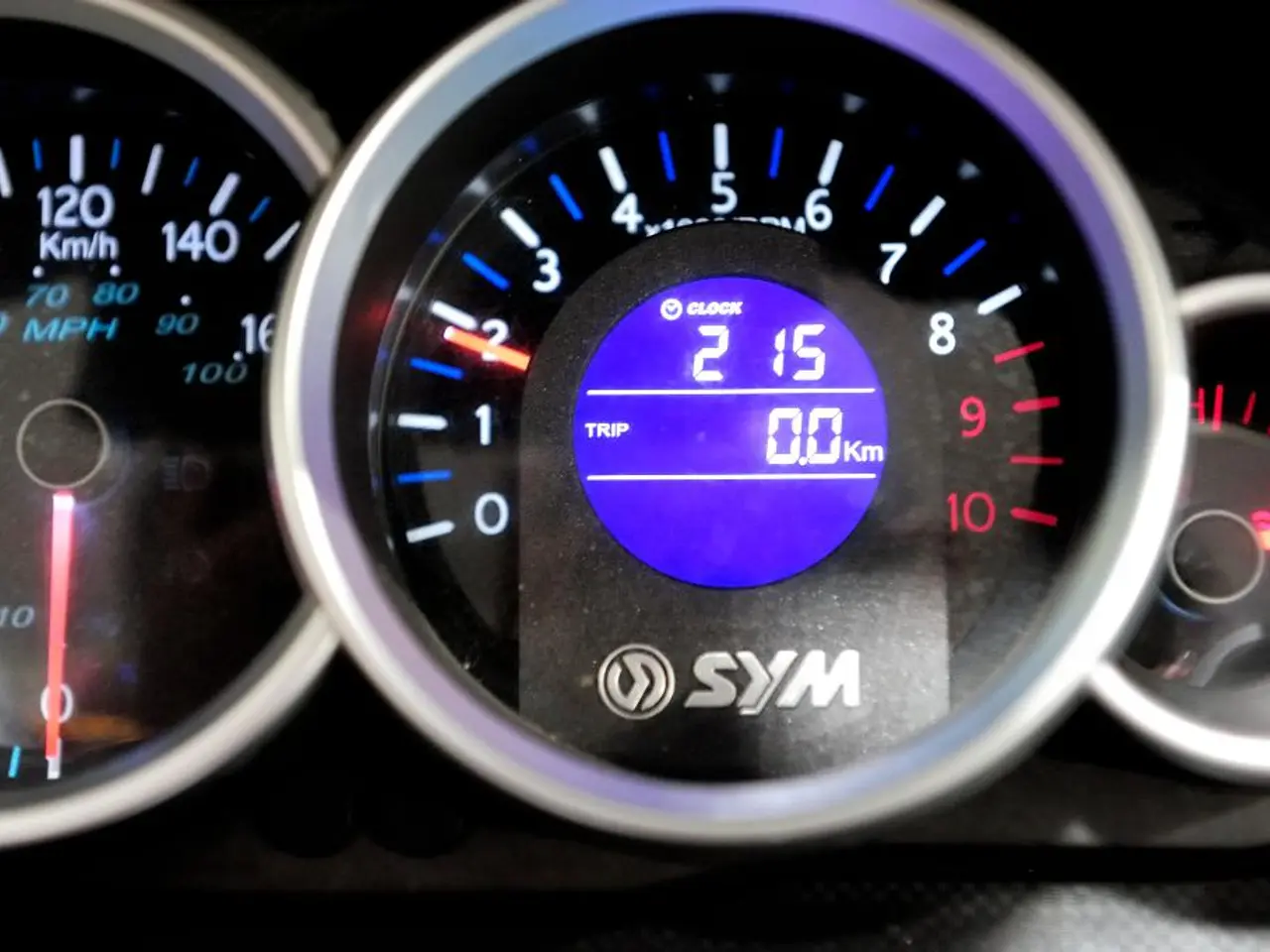Rocket Fuel Rate Definition and Comprehensive Explanation - Dictionary of Rockets and Propulsion
Propellant flow rate plays a crucial role in the performance and efficiency of rocket engines. Several factors contribute to the propellant flow rate in a rocket engine, such as the design and configuration of the engine, the type of propellant used, the operating pressure and temperature, and any obstructions or restrictions in the propellant lines.
In rocketry, there are various types of propellant flow rate systems, each with its unique method of propellant delivery and key features. Here's a breakdown of the primary systems:
Pump-Fed Systems
Pump-fed systems are common in high-performance liquid engines, such as those used in the Space Shuttle or Saturn V. In these systems, propellants are drawn from external tanks and delivered to the combustion chamber via turbopumps. The pumps increase propellant pressure above combustion chamber pressure to ensure atomization and rapid mixing. This system allows for precise control of flow rate, throttleability, and restart capability during flight.
Pressure-Fed Systems
Pressure-fed systems, on the other hand, use an inert gas like helium to pressurize the tanks, eliminating the need for turbopumps. Since propellant flow depends on tank pressure, these systems tend to be simpler and less complex but usually operate at lower pressures and thrust levels. They are often used for smaller thrusters or attitude control systems.
Hybrid Systems
Hybrid systems combine elements of solid and liquid propulsion, where one propellant (typically fuel) is solid, and an oxidizer is liquid or gaseous. These systems vary propellant flow rates by controlling oxidizer injection.
Solid Propellant Systems
Solid propellant systems do not involve pumps or pressure feeding. The propellant flow is effectively fixed and cannot be throttled or stopped once ignited.
Electric Propulsion Systems
Electric propulsion systems, such as ion thrusters and Hall effect thrusters, control propellant flow by ionizing and accelerating propellant particles through electric and magnetic fields, typically providing low but very precise flow rates for long-duration missions.
Monitoring propellant flow rate allows for early detection of anomalies or malfunctions in the engine. Flow meters integrated into the fuel and oxidizer lines of the rocket engine are used to measure propellant flow rate. The closed-loop system uses feedback to continuously adjust the propellant flow rate in real-time, optimizing the performance of the rocket.
Controlling propellant flow rate is essential for the overall performance and efficiency of the rocket. Changes in any of the factors affecting propellant flow rate can lead to variations in the propellant flow rate, impacting the performance and stability of the rocket. Advanced rocket engines use hybrid systems that combine elements of both open-loop and closed-loop systems.
In summary, understanding propellant flow rate systems in rocketry is vital for developing efficient and reliable rocket engines. Each system has its advantages and disadvantages, and choosing the right system depends on the specific requirements of the mission.
In the realm of rocketry, science and technology play significant roles in the development of various propellant flow rate systems. These systems, including pump-fed, pressure-fed, hybrid, solid propellant, and electric propulsion systems, each offer unique methods of propellant delivery and key features that cater to diverse mission requirements within space-and-astronomy.




